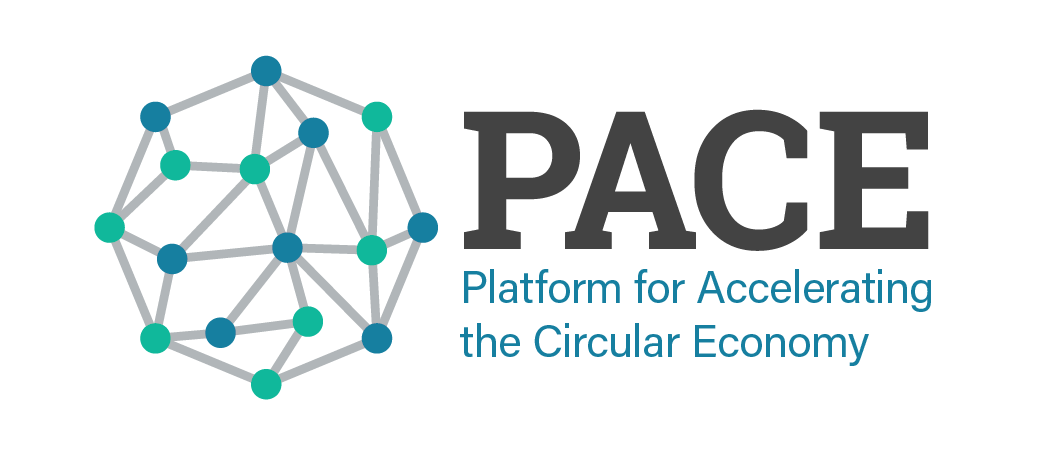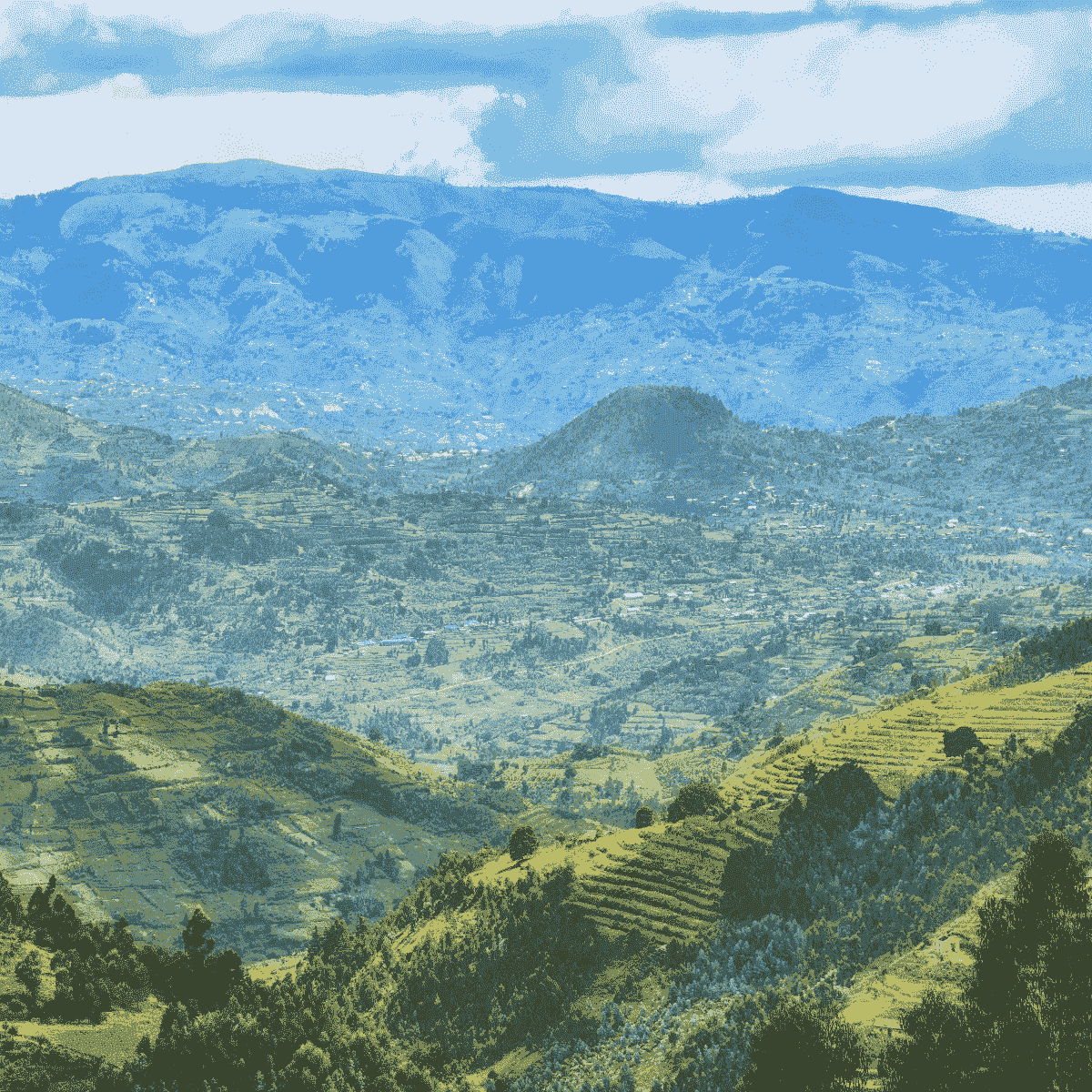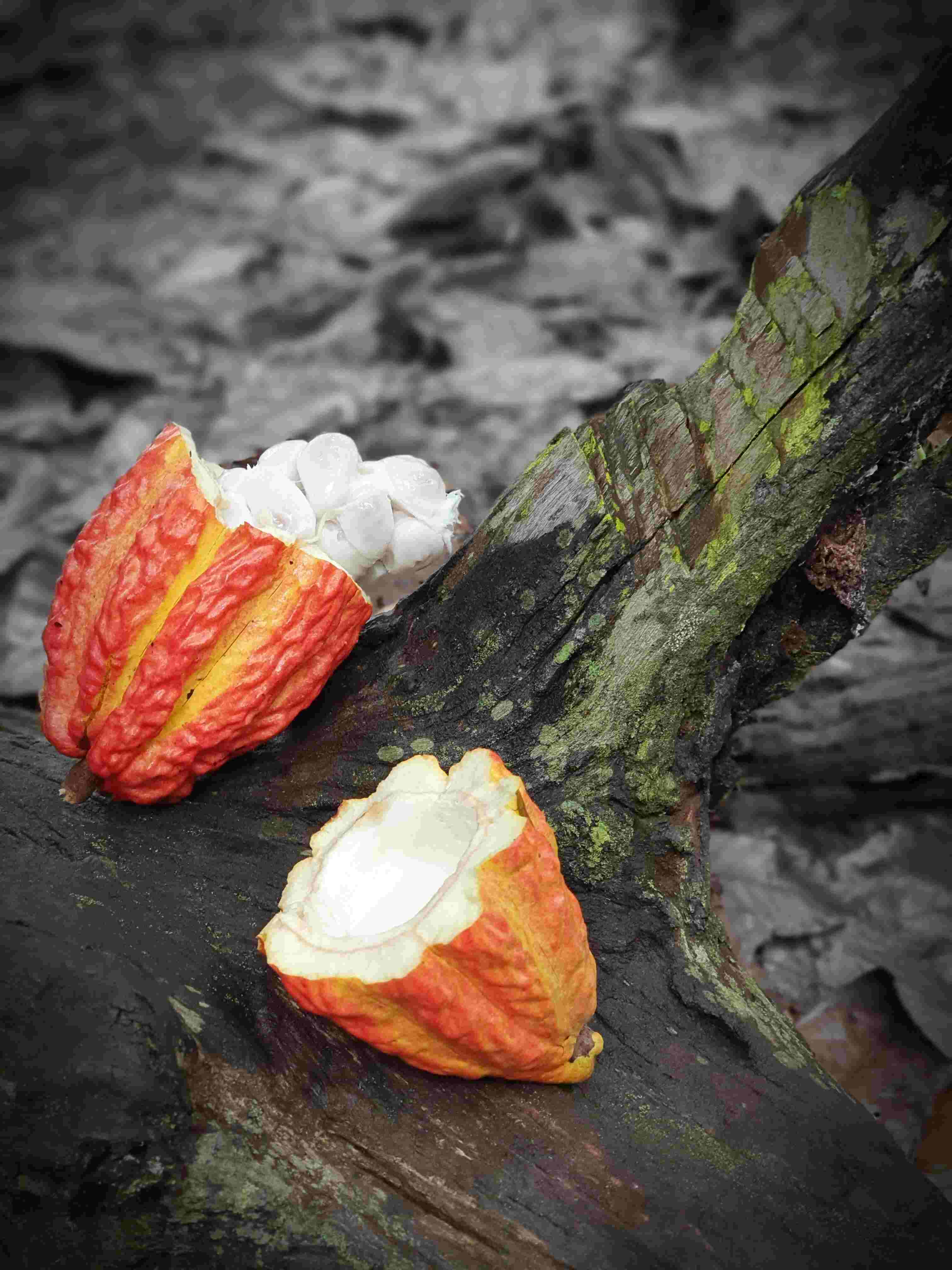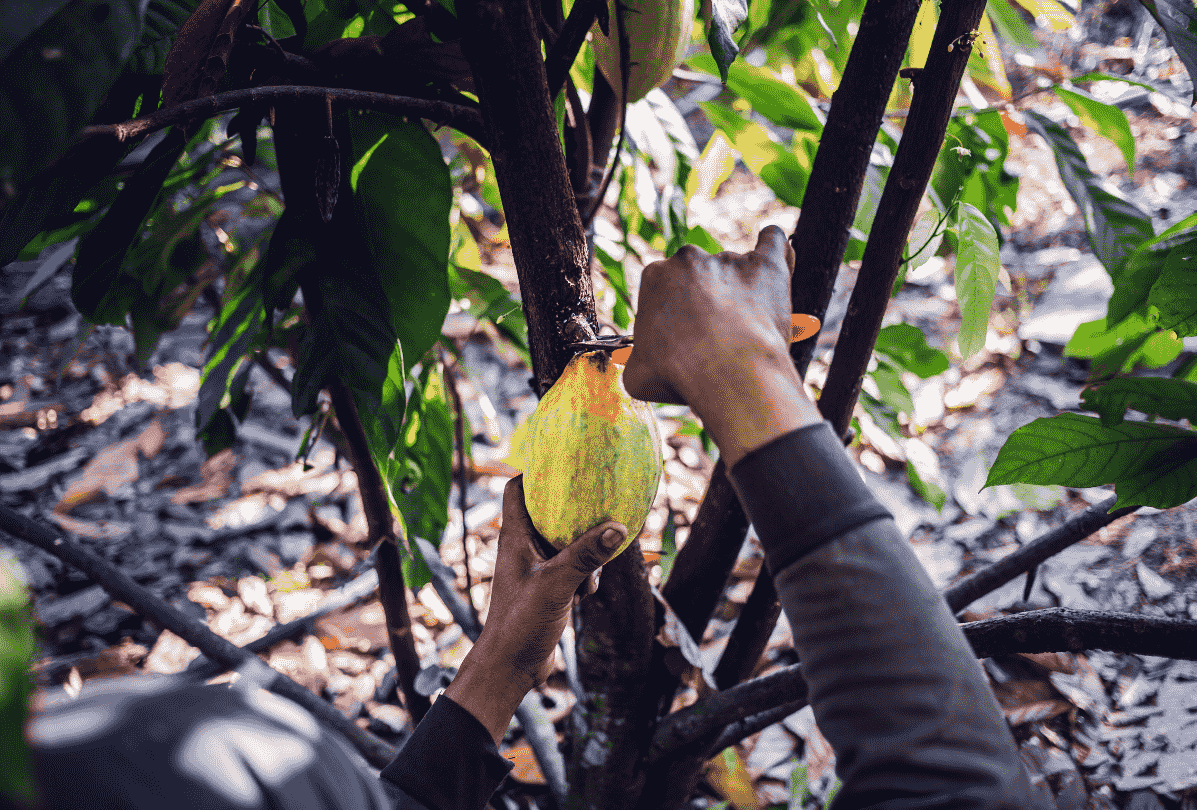Breaking mental models at DLD: Dare to Know 2024
Article subtitle
Thinking differently about critical minerals and the grand challenge ahead.
Thinking differently about critical minerals and the grand challenge ahead.
The preeminent computer scientist Admiral Grace Hopper once remarked that ‘the most dangerous phrase in the English Language is we’ve always done it this way.’ She was describing mental models - cognitive structures that we use every day to organize information, make sense of situations, and guide our behavior. Forming mental models is part of our human nature.
You have probably heard of the Zero-Sum Game, Confirmation Bias, or Sunk Cost Fallacy. These are ideas that shape our way of operating in the world and influence how we approach problem-solving and decision-making. We perceive competition for finite resources as inevitable. We seek information selectively to confirm this belief and make decisions accordingly. We continue to pour time, and finances into the same types of activities because we’ve always done it this way.
These same mental models are dominating our approaches to critical mineral supply chains and beyond that, the material world. As outlined by the Energy Transitions Commission in their report Material and Resource Requirements for the Energy Transition demand for critical minerals will rise exponentially over the coming decade as more countries commit to triple renewable energy by 2030. If business as usual continues this will result in a ‘crunch’, a ‘race’, ‘geopolitical tensions’, and a potential resource ‘cold war’. But that’s ok, we’ve always done it this way.
This was the theme taken up by PACE Executive Director, Ramona Liberoff at this year’s DLD Conference in Munich. The three-day showcase of ideas under the banner ‘Dare to Know’ was an ambitious program of stimulating propositions by some of the leading representatives from the fields of innovation, technology, policy, academia, and the arts. The organizers, led by the exuberant founder and compère Steffi Czerny, are committed to the power of interdisciplinary exposure. The dominant theme of the conference this year was of course Artificial Intelligence and its associated implications, opportunities, and potential consequences.
The DLD was energizing, stimulating, and strengthened by its eclecticism. PACE attended talks exploring the nature of exponential growth - poetry and AI - war trauma and psychedelics - 10 crucial lessons for success and alternative capitalism (to mention a few highlights). PACE was delighted to share in a moment of celebration as the DLD recognized Club of Rome Co-President Sandrine Dixon-Declève for her decades of work dedicated to systems change and presented her with the Aenne Burda Award for Creative Leadership. PACE supports the findings from the Club of Rome-commissioned report The Limits to Growth and prescribes the following understanding:
‘That our planet is physically limited, and that humanity cannot continue to use more physical resources and generate more emissions than nature is capable of supplying in a sustainable manner.’
In her talk Circularity and Critical Minerals: Breaking Mental Models Ramona took the audience on a journey to break the most persistent mental model in the context of critical mineral demand; that continued extraction of virgin raw materials is the only way to design for the future. This is where most of the current efforts are directed. Opening new mines, securing critical minerals, reassuring one another that there is enough in the ground and that ‘all we have to do is dig it up.’ These are the cognitive frameworks through which the critical mineral debate will continue to be seen because… we’ve always done it this way.
But circularity demands more. It provides more.
True circularity can transform the way we design, use, reuse, and repurpose. It can diversify supply chains in the short-term thereby increasing supply and alleviating pressure on the system. In the longer-term, circularity can reduce demand by designing products and business models differently and by connecting different parts of systems (such as the way our cities are designed for improved mobility, thereby lowering demand for personal electric vehicles, and by extension, critical minerals).
So how do we break the mental models and sever our tie to continued extraction. How do we remain within the confines of our planetary boundaries and limits to growth? How do we start doing things a different way?
First…we need strategic communications to help us get there. Without communications and a deep awareness of the fundamental problem propping up our extractive scenario we will be unable to see the world from a different perspective. And PACE needs your help to do this. We have partnered with social impact agency WRTHY to bring the world a campaign for mineral circularity to start breaking the mental models and stimulate action in the right places. For this we need funds. PACE and WRTHY are committed to bringing the issue to new audiences like the DLD, socializing the grand challenge ahead, and positioning the opportunity as a creative one. A stimulating idea can invigorate innovation, investment, and intelligent policy to foster an environment that can help circularity flourish. For a truly sustainable world, we must challenge the status quo. Renewable energy needs renewable mineral supplies.
You can watch Ramona’s full DLD presentation here.
To join us in our mission please contact us at pace@wri.org for further information on how to:
· Share what you know
· Share what you need
· Set your ambition




